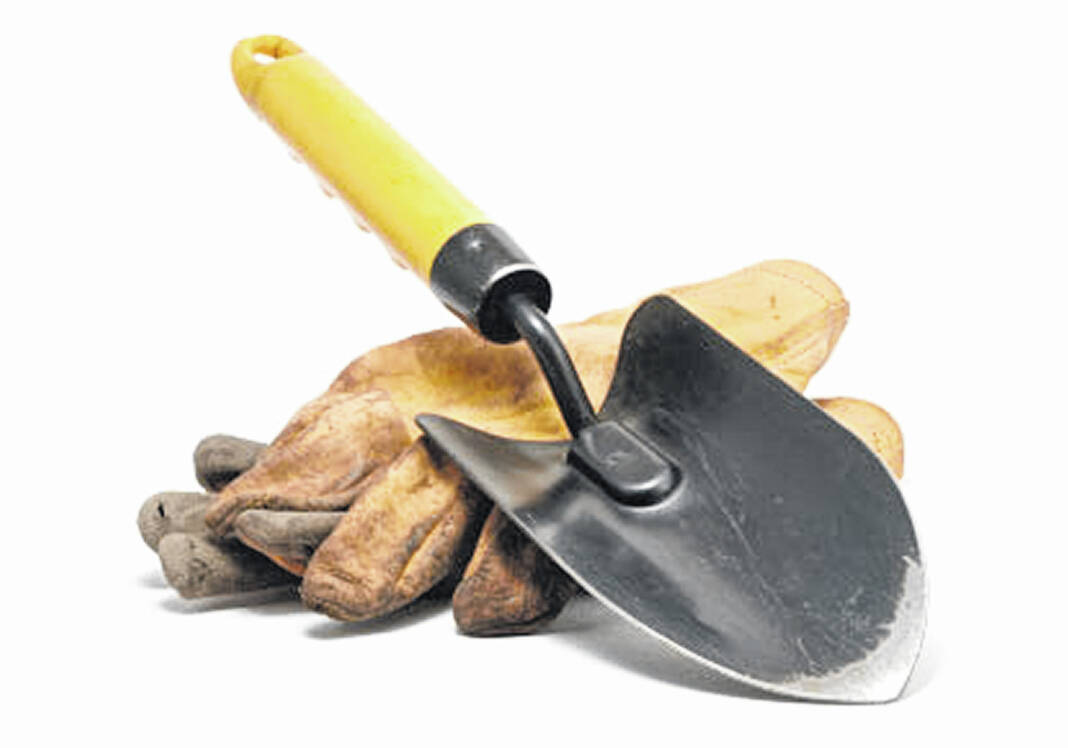
It has been a spectacular spring for blooms! As I walked down our drive to fetch the mail and paper, I was amazed to hear bees buzzing in our crabapple tree. I stood for several minutes just listening to the working bees and enjoying the fragrance of the blooms. My neighbors have to think that I’m crazy some days.
We cut down a dead Boxelder tree this past weekend and I was in charge of transporting the twigs and branches to the burn pile. It gave me a great chance to take in the sights. What’s blooming in my landscape?
Lilacs, Dwarf Red Buckeye, Lily of the Valley, Redbuds, Ohio Buckeyes, Mayapples, Jack-in-the-pulpit, pansies (that survived the winter), and Spring Larkspur are at the top of the list at the moment. I found the Spring Larkspur on a hillside where I was yanking Garlic Mustard. What a pleasant surprise!
Spring Larkspur (Delphinium tricorne) is a member of the Buttercup family. The native perennial blooms in the spring and can be found in moist woodlands throughout Ohio. The flower is a spike cluster of pea-like blue flowers; five sepals with the upper sepal forming a long, slightly bent spur; four tiny petals are enclosed within the spur. Many larkspurs contain a toxic chemical that is poisonous to grazing animals, so the plants have been removed from many places.
Have you started prioritizing your list of things to do in the garden? Weeds are at the top of my list! It seems that they are growing by leaps and bounds. Garlic Mustard is blooming brazenly on the hillsides, so this weed is now #1 on the eradication list in our woodland gardens!
Our May gardening task list includes:
1) Weed your beds thoroughly before they get out of hand
2) Top off summer mulch in beds where levels have dropped below 2 inches
3) Rake beds that have ample mulch, to prevent matting
4) Keep watering transplants and new plants frequently
5) Prune shrubs that flower in early spring right after they bloom
6) Train topiaries and espaliers
7) Plant potted roses
8) Fertilize roses, if you didn’t feed them earlier in the season
9) Cut back perennial stems
10) Set out dahlias after the last frost date.
11) Plant gladiolus corms beginning early this month
12) Finish dividing summer and fall-blooming perennials
13) Start planting tender annuals outdoors after the last frost date
14) Reseed bare spots in the lawn
15) Continue sowing onions, carrots, and beets directly in the garden
16) Begin direct-seeding bush and pole beans and corn after last frost date
17) Direct-seed parsley, which takes three weeks to germinate
18) Begin transplanting tomatoes into the garden, but don’t move them until night temperatures consistently stay above 50 degrees!
19) Set herb transplants into the garden. Be sure to wait until the weather is warm and settled to move basil and lemon grass transplants.
20) Plant strawberries
21) Start cucumbers inside
22) Continue sowing radishes, endive, escarole, lettuce and spinach every two weeks
Feeling overwhelmed? Take a moment to make a list prioritizing your tasks. Just remember to take time to stroll through your gardens and celebrate this beautiful spring.

